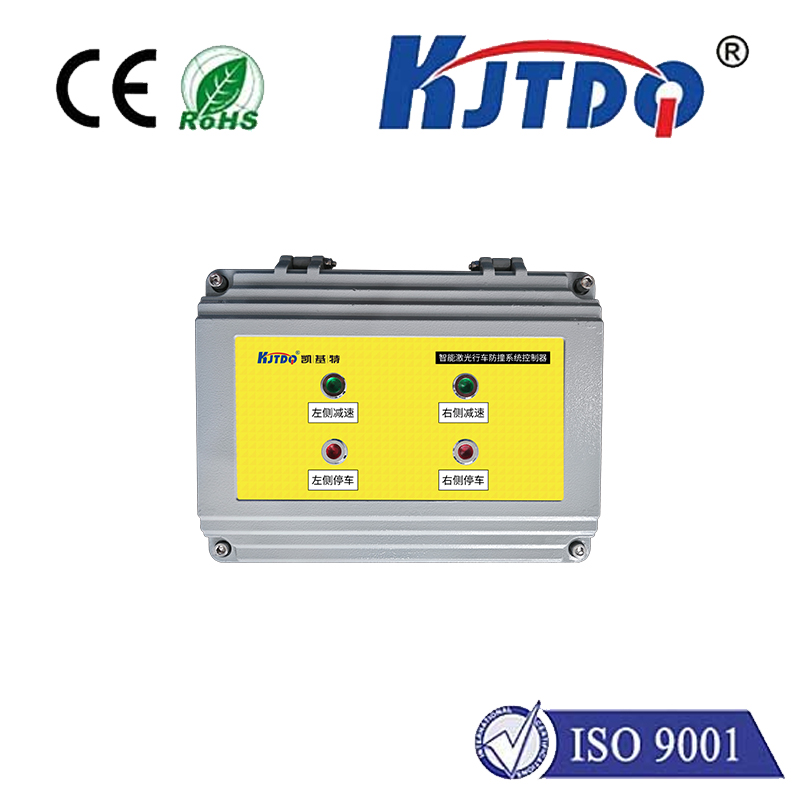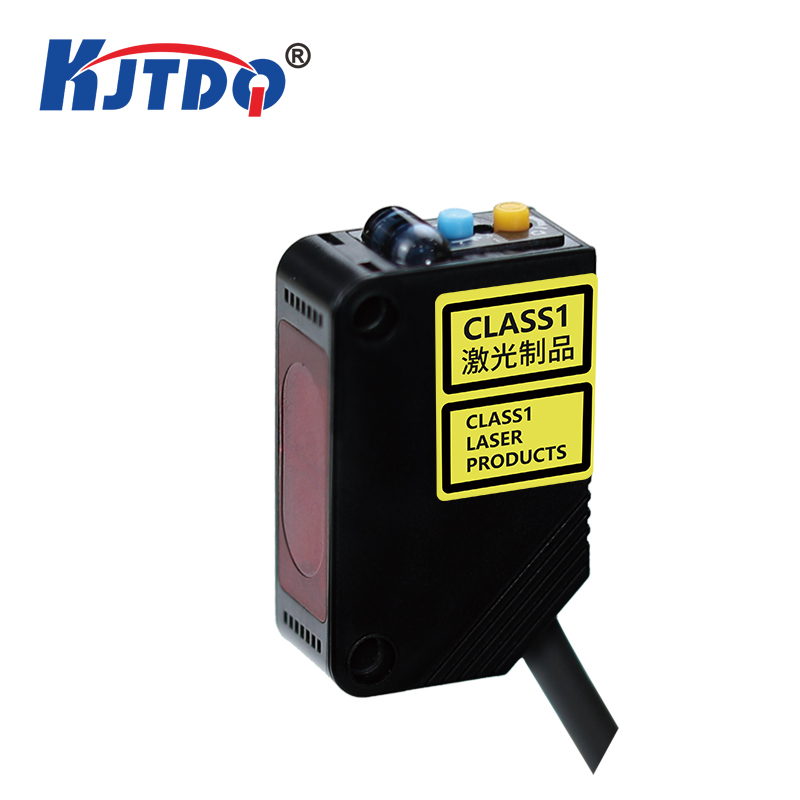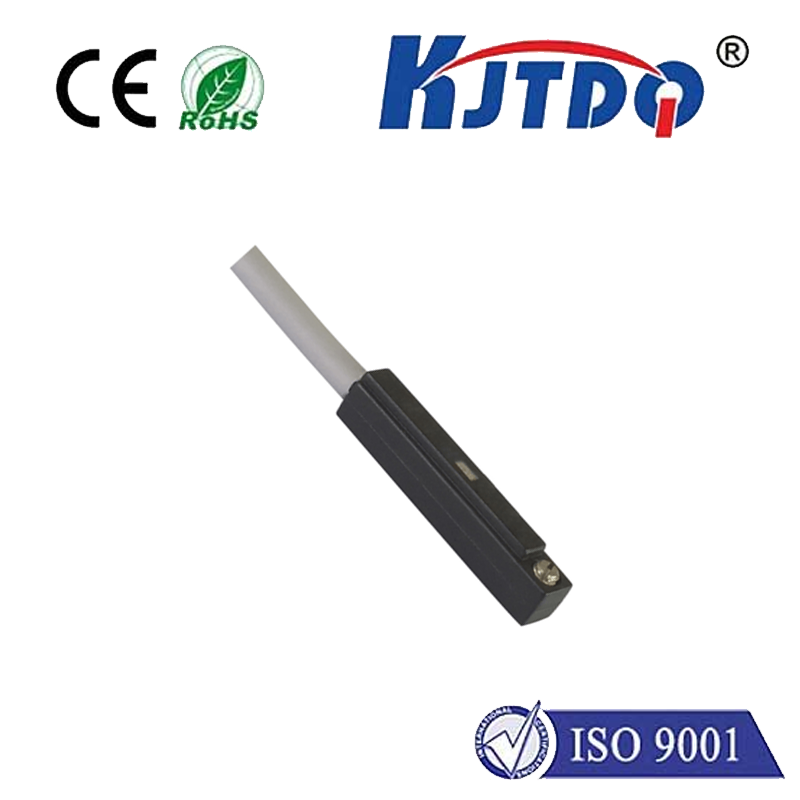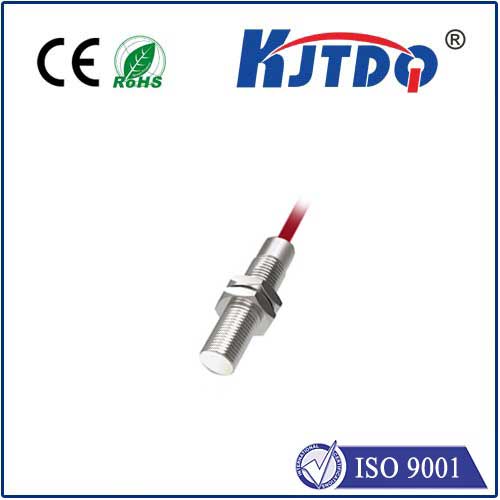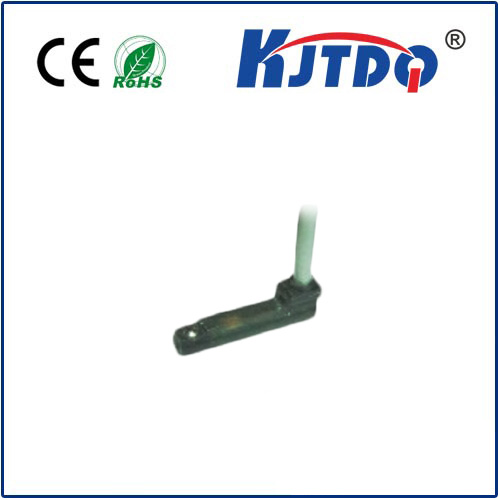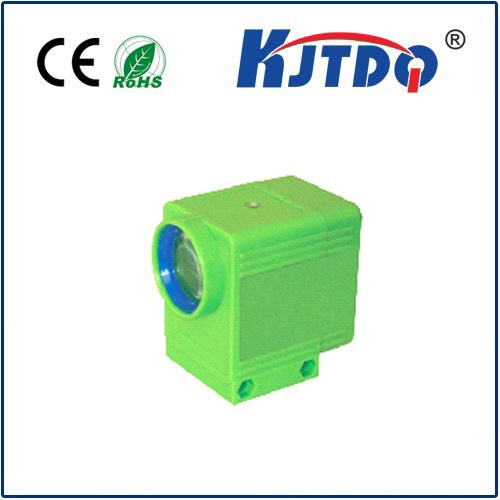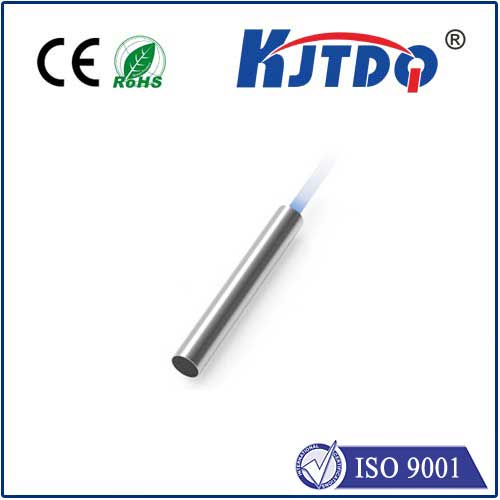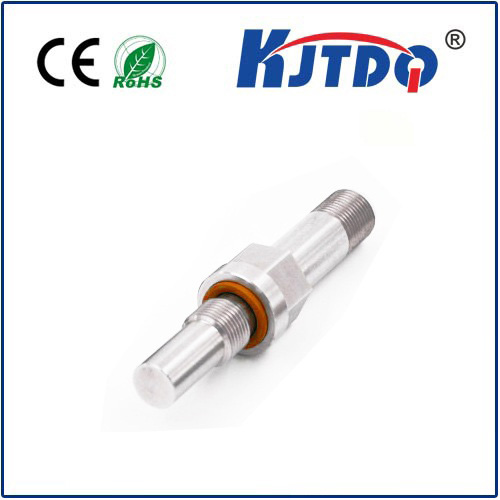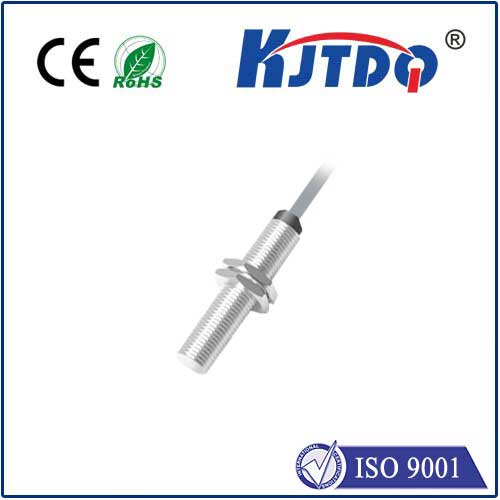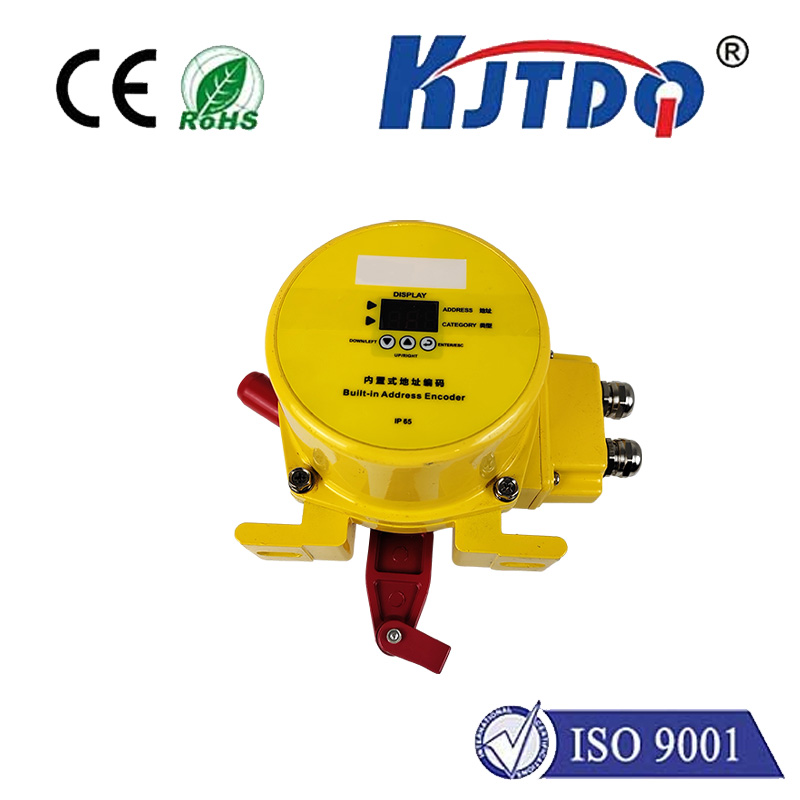
check

check

check

check
Title: The Role of Stepper Actuators and Limit Switches in Robotics
Introduction:
In the world of robotics, the use of stepper actuators and limit switches plays a vital role in ensuring smooth and efficient movement. These components are essential for creating precise control mechanisms that enable robots to perform various tasks. In this article, we will delve into the importance of stepper actuators and limit switches in robotics and discuss their functions, types, and advantages.
Functions of Stepper Actuators:
Stepper actuators are mechanical devices that convert electrical energy into linear or rotary motion. They are commonly used in robotic systems because they offer high precision, repeatability, and speed. These attributes make them ideal for applications that require precise positioning, such as assembly lines, manufacturing plants, and medical equipment.
Stepper actuators work by applying a small voltage to the motor coils, which causes current to flow through them. This current then produces a magnetic field that interacts with the permanent magnets on the wheel's rotor. When the voltage is increased, the current increases, causing the rotor to rotate. The rotation is then converted into linear or rotary motion using a set of gears or pulleys.
Functions of Limit Switches:

Limit switches are electronic sensors that monitor the position of a mechanical part, such as a shaft or a wheel. They are used to detect when a mechanism has reached its limits, such as when it has come to a stop or gone beyond its maximum travel distance. This information is then sent to the robot's control system, allowing it to adjust its actions accordingly.
There are two types of limit switches: normally open (NO) and normally closed (NC). A NO switch is triggered when the shaft or wheel has moved beyond its normal position, while an NC switch is triggered when the shaft or wheel has returned to its original position. Both types of switches can be used in combination with other sensors to create more advanced control systems for robots.
Types of Stepper Actuators:
There are several types of stepper actuators available on the market, each with its own advantages and disadvantages. Some of the most common types include:
1. Hybrid stepping motors: These motors combine the benefits of both stepping and permanent-magnet motors. They can produce high torque at low speeds and have a high efficiency rating.
2. Lead screw actuators: These actuators use lead screws made from metal or plastic to transmit motion from the motor to the shaft. They offer high precision and can handle heavy loads.
3. Gearhead actuators: These actuators use gearheads to reduce the number of stages required for motion translation from motor to shaft. They are highly versatile and can be used in a variety of applications.
4. Stacker/reversing actuators: These actuators consist of multiple stages arranged in a stack or loop. They can reverse direction easily, making them suitable for applications that require constant reversal of motion.
Advantages of Using Stepper Actuators and Limit Switches in Robotics:
The use of stepper actuators and limit switches in robotics offers several advantages, including:
1. Precision and accuracy: Stepper actuators provide high precision and accuracy, enabling robots to perform complex movements with ease. This makes them ideal for applications that require strict tolerances, such as medical procedures or precision manufacturing.
2. Speed and responsiveness: Stepper actuators can generate fast speeds and respond quickly to changes in input signals. This makes them suitable for applications that require quick response times, such as gaming or industrial automation.
3. Reliability and longevity: Stepper actuators are designed to operate reliably under harsh conditions, such as extreme temperatures or high vibration levels. They also have a long lifespan, making them a cost-effective option for many applications.
